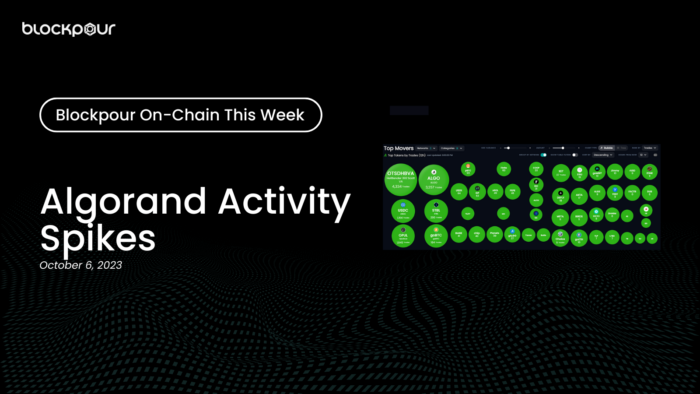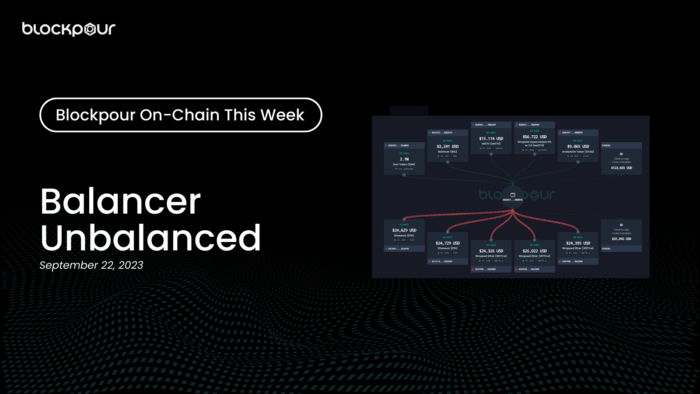This article is part of Blockpour’s DeFi education series with a mission to educate the community on Decentralised Finance (DeFi) concepts.
Table of Contents
Introduction
As discussed in our first article in the series, a decentralized exchange (DEX) is a decentralized platform for trading digital assets that matches buyers to sellers without a centralized authority. Automated Market Makers (AMMs) power the match-making aspect of DEXes by automatically routing liquidity from on-chain liquidity pools (LPs). In the best cases, they give traders optimal swap prices with the least slippage.
What role do liquidity providers play?
AMMs consist of autonomous smart contracts within DEXes that calculates the price of cryptocurrency through a mathematical formula which factors in the amount and availability of liquidity on the platform. AMMs ensure that users trade against the liquidity locked in smart contracts rather than directly against each other via order book.
The Uniswap AMM is among the most active and oldest AMM-based DEXes, and handles more trading volume than any other DEX. The Uniswap team, led by Hayden Adams, introduced the widely adopted “constant product function” x * y = k, for AMMs. The function, described below, ensures that larger trades (relative to reserves) are executed at exponentially worse rates than smaller ones, ensuring that prices always trend toward the market-clearing price.
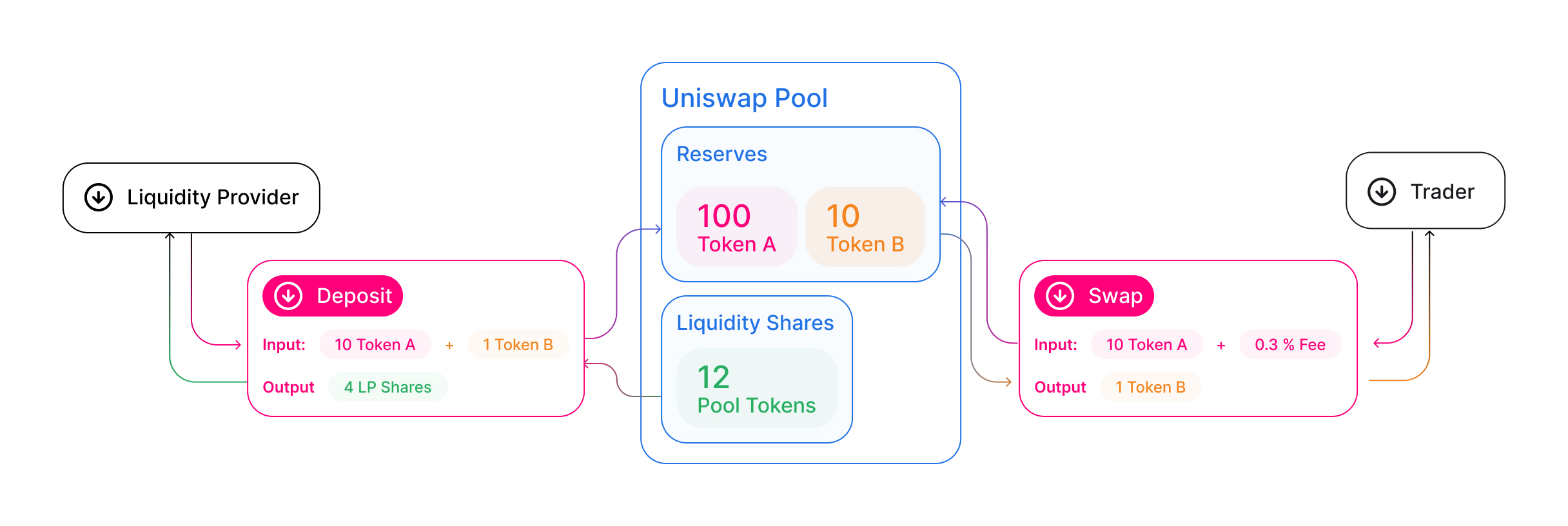
The Constant Product Formula from Uniswap that powers many DEXes.
Besides Uniswap ($UNI), some of the popular AMM DEXes include QuickSwap ($QUICK), PancakeSwap, ($CAKE) and Sushiswap ($SUSHI). Like on Uniswap, liquidity providers on these DEXes supply the tokens that act as liquidity in the pools. They also receive incentives such as a share of pool transaction fees, which depend on their total liquidity share.
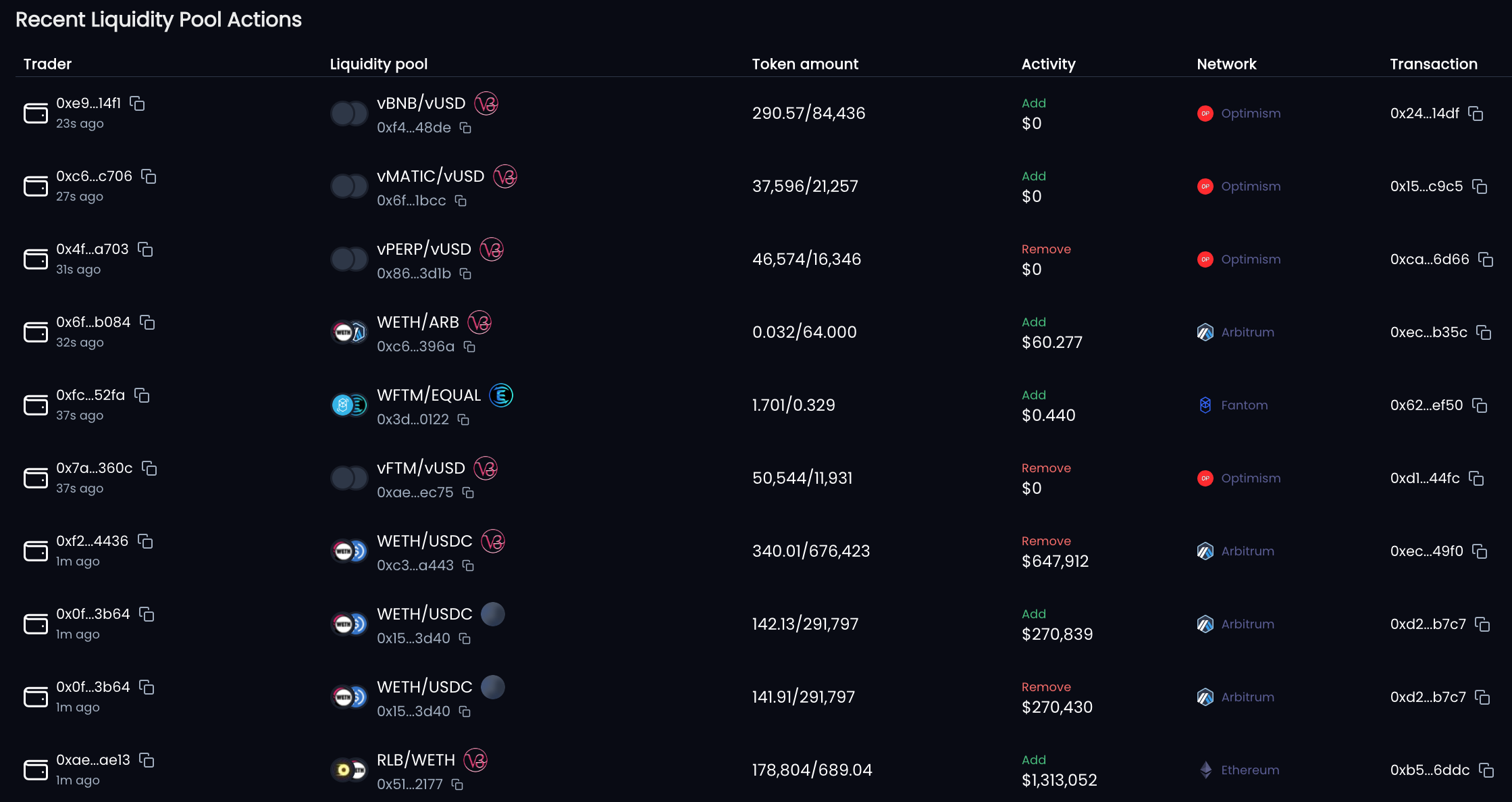
View the most recent liquidity pool actions on the networks Blockpour tracks.
Blockpour provides intuitive multi-chain and multi-DEX visualisations of liquidity pool movements helping traders analyse the movement and depth, which can be especially interesting for projects running liquidity mining incentive programs.
What are the risks and challenges in AMMs?
DEXes help alleviate some of the risks associated with centralized crypto exchanges (CEXes), such as intermediary risks, custody risks, and market price manipulation. On the other hand, AMMs can expose users to potential new risks, such as impermanent loss, slippage, and data asymmetry.
Slippage and Impermanent Loss
Liquidity providers on AMMs are notoriously exposed to slippage, which is the rate at which the pric eof an asset on a DEX changes depending on the size of an order. Basically, slippage occurs in proportion to how much a single trade will imbalance a liquidity pool, thereby making the token with less liquidity in the pool more scarce and priced higher.
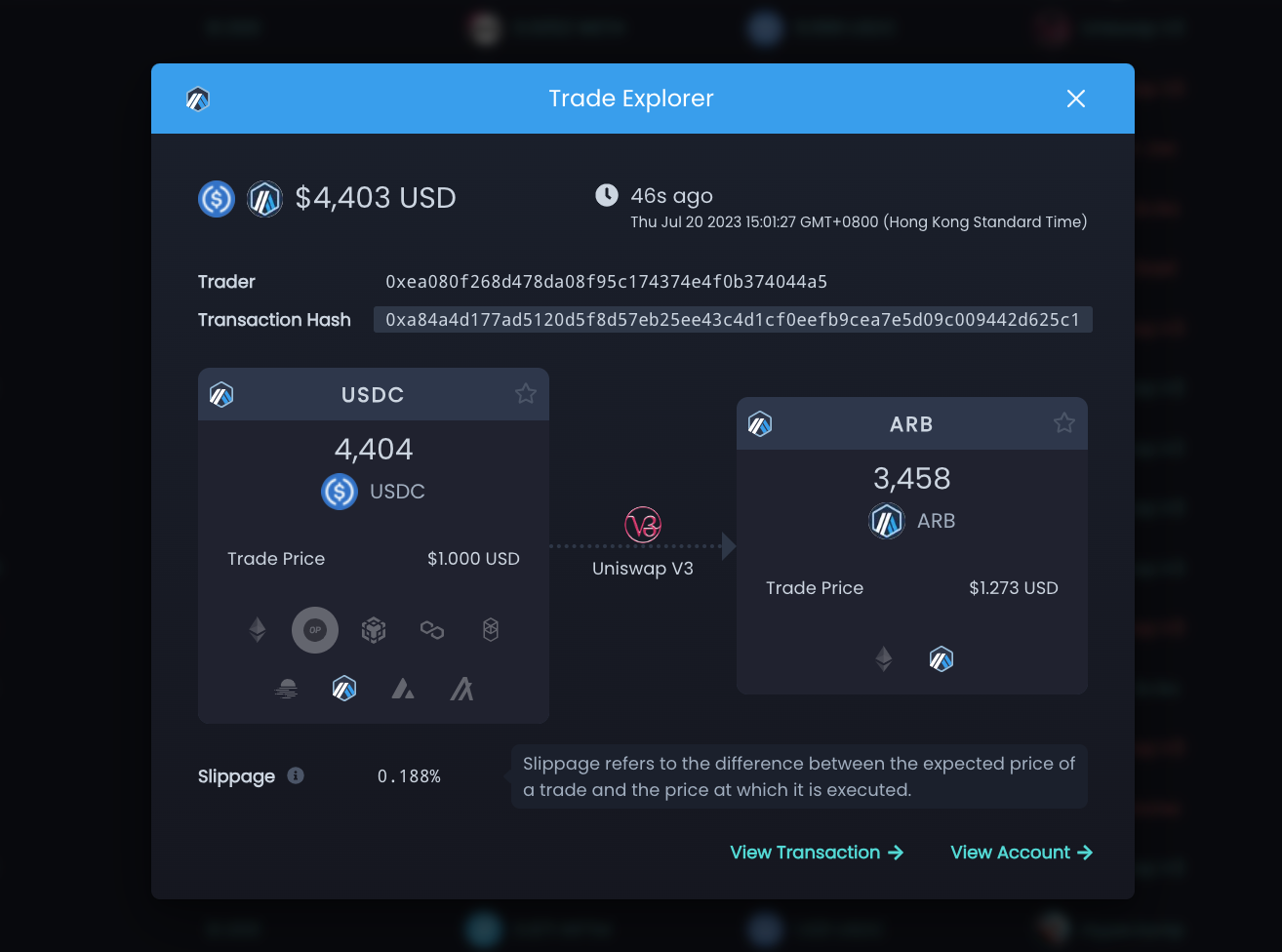
View the amount of slippage on trades on Blockpour.
Impermanent loss occurs when a liquidity provider incurs a paper loss on the dollar value of their stake in a pool as compared to the change in dollar price of the token outside the LP. It is called 'impermanent' because it isn't realized until the liquidity provider removes their liquidity.
Data Asymmetry
The Total Trade Volume (USD) widget displays the total value in USD traded on a given network over a calendar day. This is data from all tokens traded on all tracked DEXes on a network.
Besides slippage and impermanent loss, data asymmetry is one of the key challenges faced by AMM users. Segregated data on cross-chain token prices and even across DEXes on the same chain could lead lead DEX users to experience losses when the token pairs’ prices differ. While one user may be privy to an arbitrage opportunity, another may not be due to a lack of data. Blockpour aims to shore up that data asymmetry.
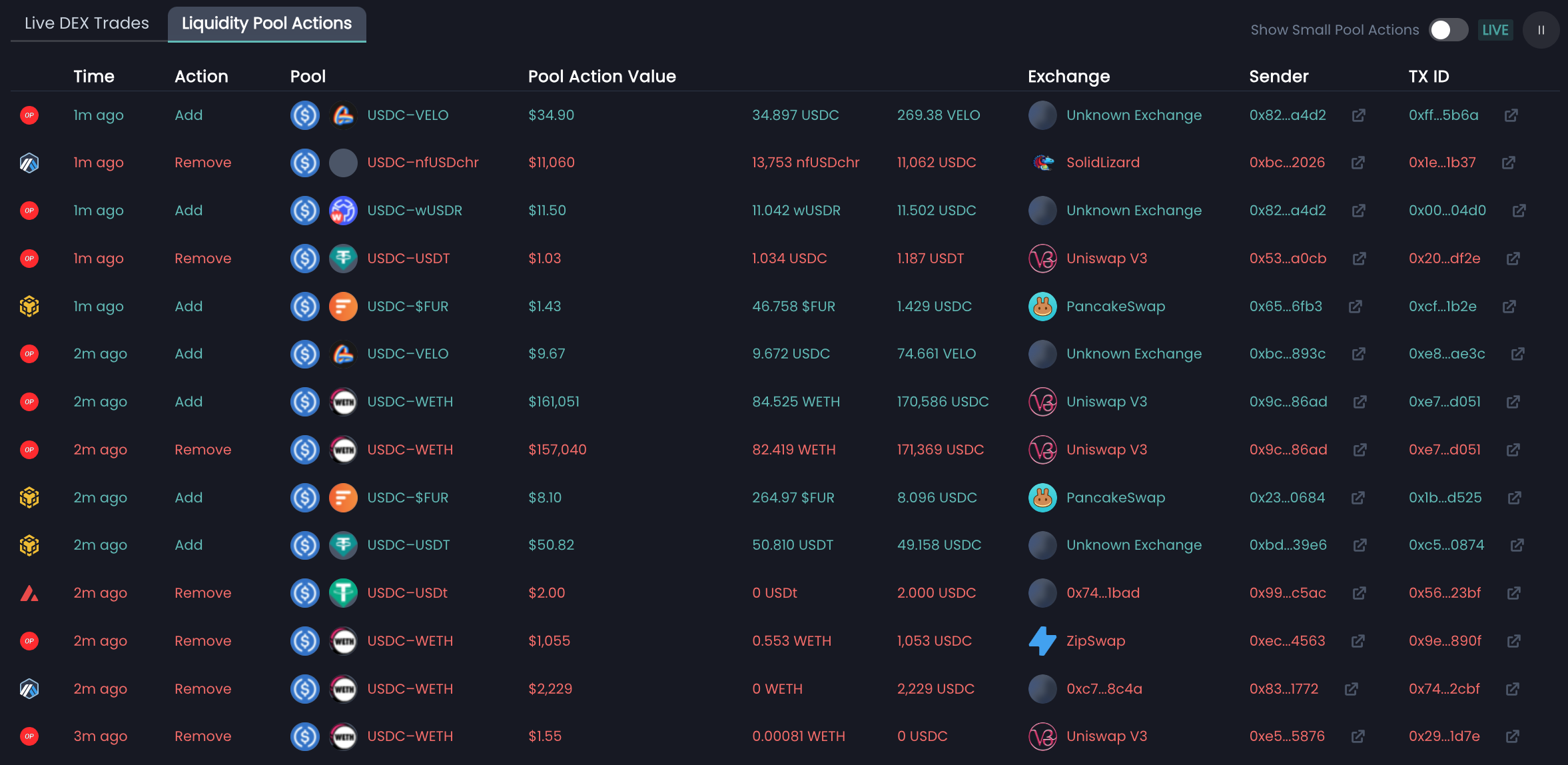
View the liquidity actions across chains and across DEXes for a single token on Blockpour.
Additionally, existing data and analytic platforms today suffer from latency, preventing traders from forming and analyzing their strategies in real-time. The latency issue is compounded when taking into account cross-DEX and cross-chain trading data.
Blockpour users are able to undermine the latency issue as our platform sources data directly from each of the networks we track in real-time through our node infrastructure. That data is fed to the Blockpour API which powers all the tools and widgets on the front end.
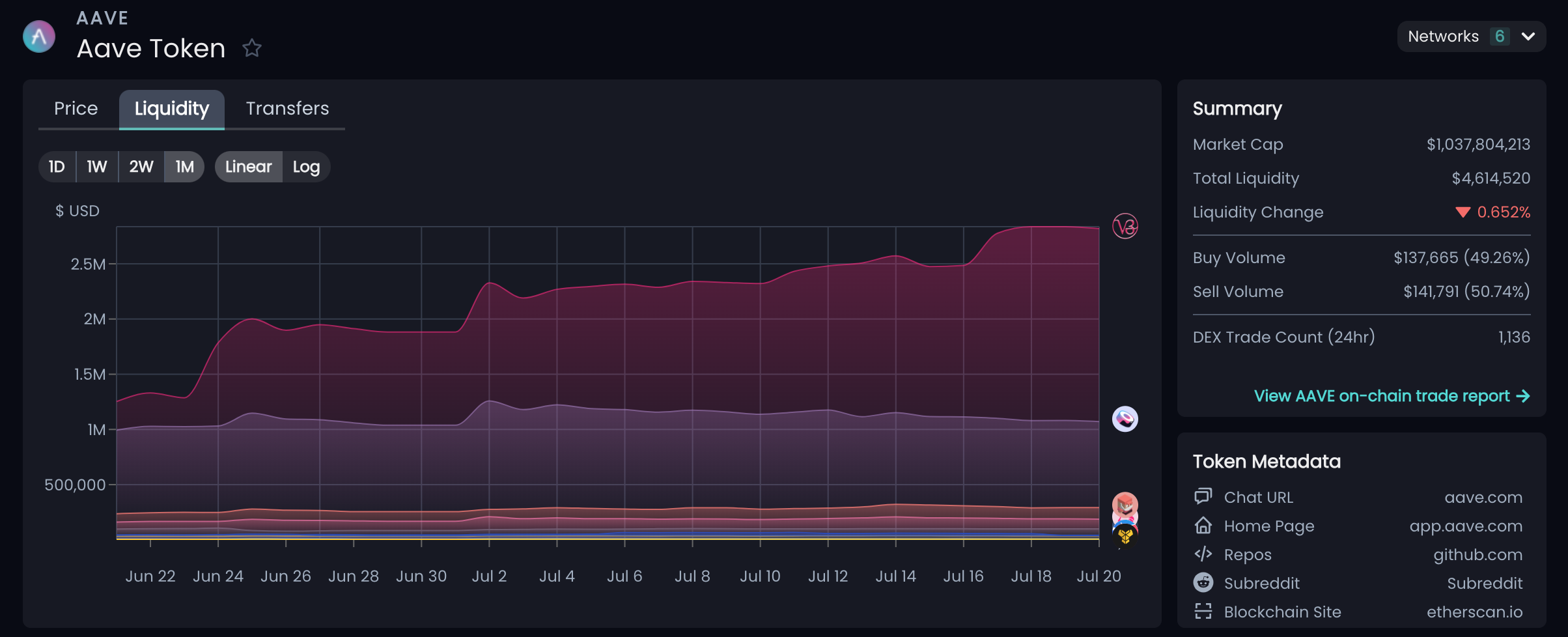
View the liquidity available across DEXes and chains for tokens on Blockpour.
Blockpour’s proprietary indexer can identify the exact transactional data from a new block in just a few milliseconds, which gives traders unprecedented access to multi-chain DeFi data from various liquidity providers in real-time.
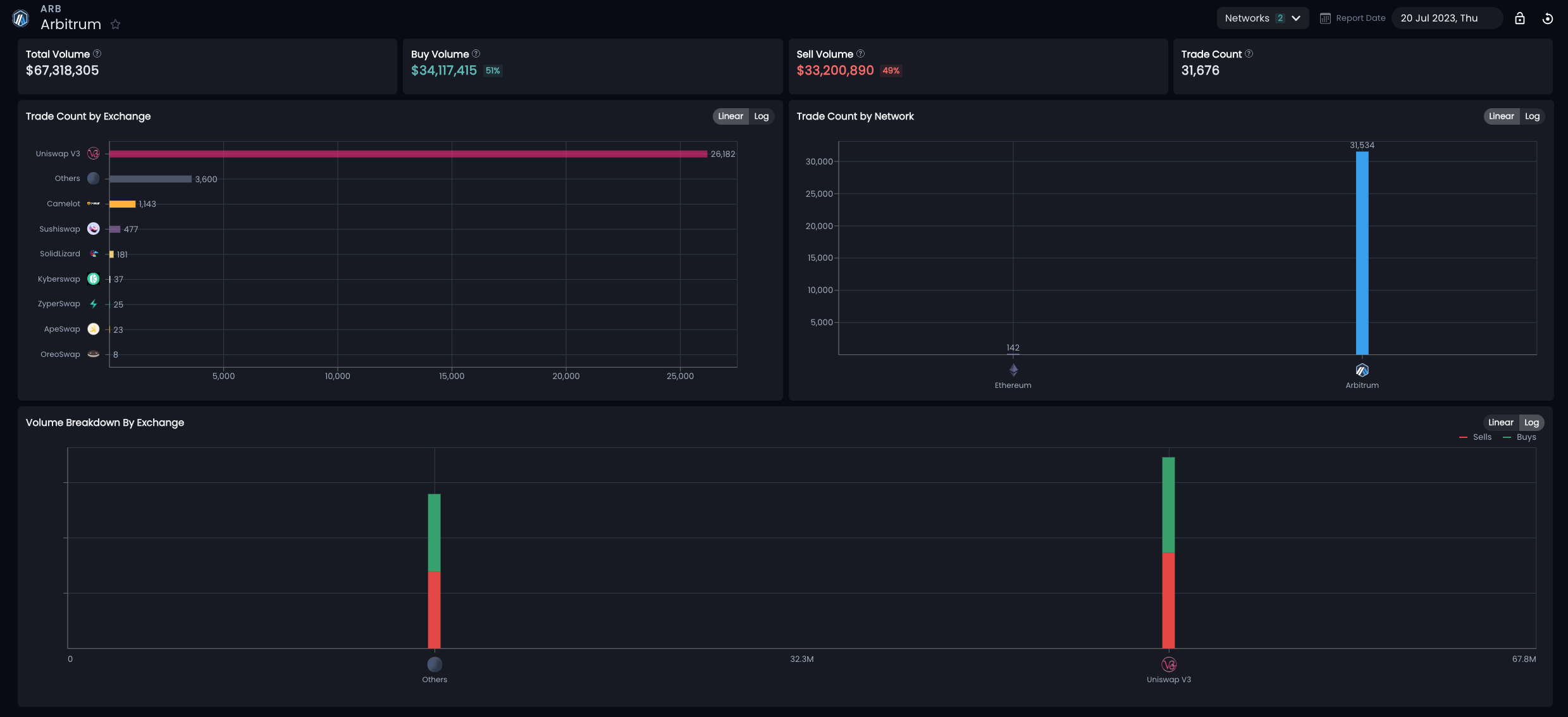
Trade Reports show detailed information about daily token activity.
Both LPs and traders can check the price movement and liquidity changes in real-time across all supported platforms from one central point, saving them the time and effort required to check different DEXs and chains separately.
About Blockpour
Blockpour is a technology firm specializing in Web3 data and analytics, offering individuals and businesses indispensable data and tools to navigate the dynamic on-chain universe while bridging seamlessly to the off-chain world.
Through our real-time and historical multi-chain data feeds, businesses and traders can fully unlock the power of blockchain data to inform their strategies, optimize operational efficiency, and drive top-line growth.
To learn more about Blockpour check out our website and follow us on Twitter or LinkedIn. For sales or inquiries about the API, contact [email protected].
Disclaimer:
The above article is for informational purposes only and is not financial advice. Blockpour is a data aggregation and analytics platform only and does not provide financial advice or services of any kind.
